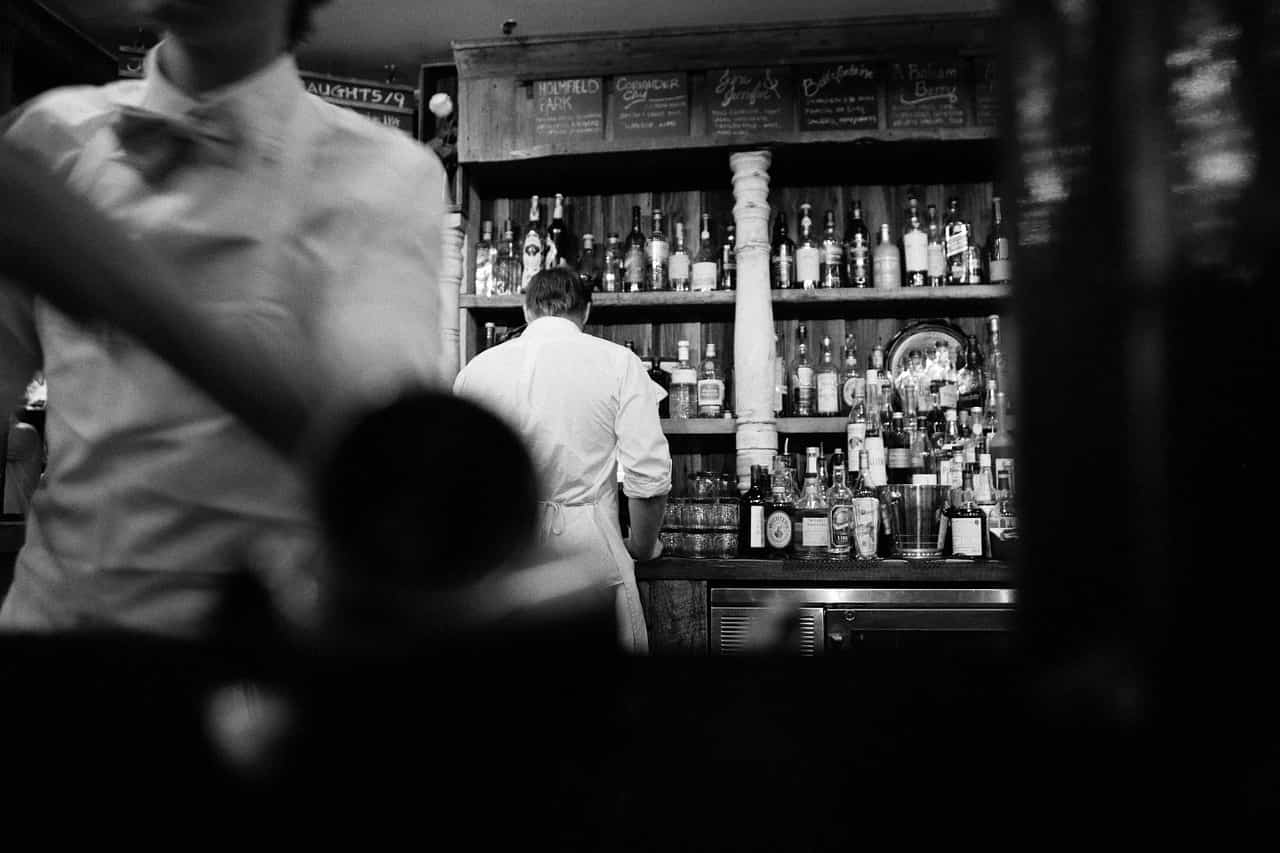How to Choose Equipment for a Restaurant P. 2

Bakery and confectionery equipment
In addition to ovens, bakeries and pastry shops must have the following equipment:
A dough mixing machine;
pastry mixer;
proofing machine;
proofing machine;
bread cutter.
This list can be reduced or added to depending on the size of the business and type of bakery.
A full-service bakery will require more equipment than one that works with semi-finished products. But for the pastry shop of a small restaurant, a basic mixer and oven will suffice.
More about opening a bakery and the choice of equipment for this format – in a separate article.
Dishwashing equipment
Dishwashing equipment for opening a restaurant is a must in order to qualitatively and quickly cope with the washing of large volumes of dishes. The main differences between professional dishwashers and household dishwashers: minimum washing time, greater load volume and greater power.
The principle of operation in these two types of dishwashers is also different. In the industrial equipment the water which is used to wash the dishes is not discharged into the water supply, but is reused for one of the stages of the next cycle.
This saves not only water and energy for heating, but also detergent.
Dishwashers are divided into the following types:
front-loading;
for washing glasses;
domed;
conveyor.
Electromechanical equipment
Grinders of different ingredients: cheese, spices, breadcrumbs;
meat grinders;
mixers;
slicers;
potato peelers;
vegetable slicers;
Sausage syringes;
saws for cutting meat.
Electromechanical equipment for cafes optimizes the majority of technological processes, which significantly saves cooking time. Basically, such equipment is designed for food processing: meat, fish, vegetables. There is also equipment for confectionery shop.
Bar equipment
Restaurant equipment for the bar is used for the preparation and pouring of various drinks: cocktails, beer kegs, coffee and tea. Since bar equipment is in plain sight, apart from being reliable and comfortable, it should also be attractive in appearance.
Power and material of bar equipment also play a significant role and directly depend on the volume of drinks sold in the bar.
Bar equipment also includes:
blenders;
juicers;
milk mixers;
coffee makers;
coffee grinders;
coffee machines;
chocolate makers.
Auxiliary (neutral) equipment
Other non-mechanical equipment refers to neutral equipment:
Production tables
can be installed both in the central part of the room, and near the wall. Cutting and production tables are used for fish and meat shops, and waste collection tables are used for cleaning dishes from food scraps;
cabinets – for storing supplies and utensils;
racks, dish dryers – for storage of dishes, most often placed in the room with the dishwasher;
carts – serving carts, for collecting dishes, for specific kitchen equipment (trays, trays, plates);
baths for dishes;
automation systems for cafes and restaurants.
Packing machines, garbage cans, insecticidal lamps, water heaters, hoods can also be included in this category.
Tableware
The main conditions for selecting quality tableware:
Durability.
Resistant to sudden temperature changes.
Ability to clean in the dishwasher.
Long service life.
The number of necessary tableware depends primarily on the number of seats.
However, the form of service institution plays a significant role, because in the hall with waiters provided three sets of dishes, one of which is in circulation, the second – the banquet, and the third – in the pantry.
In self-service establishments, one set is displayed in the hall, the second is washed, the third is in the distribution line and the fourth is for banquets.
Tableware can be divided into the following categories:
porcelain and ceramic tableware – dishes, salad bowls, sugar bowls, salt-cellars, saucers, teapots, plates for soup, main courses and desserts, cups with saucers, milk bowls, buffet spoons;
cutlery – forks, spoons, knives;
cookware – a variety of pots with and without lids, pans, sauté-pans. They are made of cast-iron and stainless steel. Enameled pans cannot be used in professional kitchens;
Gastronorm containers – for storage of preparations and ready meals, for cooking and for demonstration of finished products;
bar equipment – jugs, glasses, juice, water and cocktail glasses, cutlery dispenser, spoons, sugar tongs, bottles, glass holders, ice buckets, shakers, burners, jiggers, etc.;
kitchen equipment – knives, boards, food containers, sauce bottles, weighing devices, colanders, ladles, potato jars, bread baskets, etc;
pastry utensils – powder sieves, pastry bags with and without tips, cake liners, frames and molds for baking, creating chocolate decorations.
When buying tableware, it is worth asking the supplier if he is willing to provide the same sets over a long period of time, because sets with different designs look ridiculous in the hall. Cutlery and ceramic (porcelain) tableware should be combined with each other and support the concept of the institution.
Trade equipment
Trade equipment for canteens, restaurants, cafes – these are display cases for food. They are divided into thermal and refrigerated. The first option is used to preserve the temperature of the finished dish and prevents it leavening and drying out. As a rule, such cabinets are placed near the bar counter.
Depending on the type of design there are such heat display cases:
table-top;
floor-standing;
multifunctional.
Refrigerated display cases keep the temperature from -1 to +10 degrees Celsius. They store salads, sushi and confectionery: cakes, chocolates, pastries, etc. Such equipment can be divided into display cases for drinks, sushi cases, pastry cabinets, display cases for ice cream.
Equipment and furniture for cafe and restaurant
Equipment for the hall:
bar counter;
tables;
chairs;
upholstered furniture;
dressers;
cabinets;
bar stools.
To calculate the necessary amount of furniture, you can know how many seats are planned in the hall. It is worth remembering that, on average, 1.6 square meters of space should be allocated per visitor.
List of furniture for the terrace:
table for serving dishes;
tables;
chairs;
hangers for clothes;
sofas.
Summer furniture for the veranda is made of wood, plastic, rattan, metal.
List of service furniture:
lockers;
computer table;
chairs;